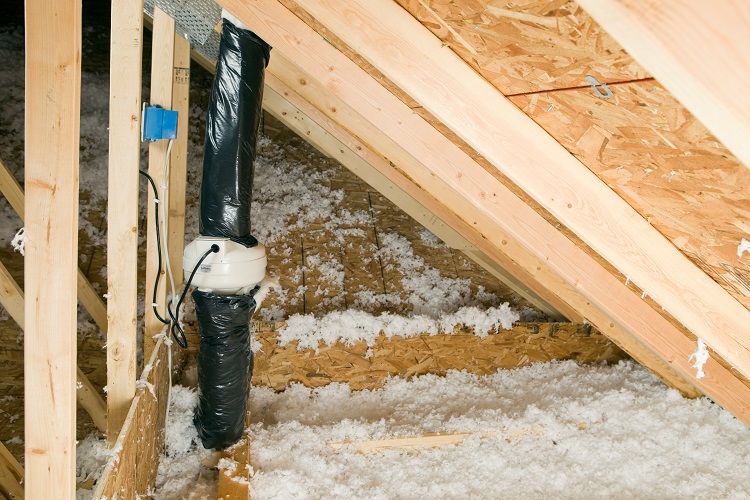Is Your Home Safe From Radon Gas?

Recently, friends of mine were selling their house. As part of the inspection, the buyer wanted a radon test performed in the house. They came to me, asking what radon is and what the test would find. I explained what it is and that the area where the house is located is prone to high levels. Ten days later, he called me with the results. The test was positive and mitigation had to be performed before the sale of the house would proceed.
Radon gas is an odorless, colorless, and tasteless radioactive gas that's formed during the natural breakdown process of uranium in soil, rock, and water. Radon can seep into your home through cracks, holes, and expansion joints at the foundation of your basement or crawl space. Additionally, it can be found in the home’s well-water supply. Radon is a silent killer that can affect the health of you and your family.
According to the Environmental Protection Agency and the American Cancer Society, radon is the second leading cause of lung cancer in the United States, responsible for thousands of deaths each year. Exposure to radon causes no immediate symptoms, but the long-term threat of lung cancer is significant. People who have never smoked make up approximately 2,900 of the estimated 21,000 radon-related lung cancer deaths each year.
The health hazard comes from the radioactive particles that are emitted in the decaying process. Those particles can be inhaled into the lung and bombard your cells with dangerous, cancer-causing radiation.
The good news is if you need to perform a radon test, there are many different do-it-yourself test kits that can be purchased at a reasonable cost. These kits include short-term and long-term radon tests, as well as radon water test kits. If you want a simple and cost-effective way to monitor radon levels on an ongoing basis, invest in a radon gas detector. If you haven’t yet tested for radon, you should do so immediately. If your test results come back as positive, you may want to consider a radon mitigation system.
If I have a radon problem, how do I resolve it?
Many people have the false belief that their HVAC system (heating, ventilation, and air conditioning) is enough to clear the house of radon. Instead, a proper mitigation system and installation is the key to solving the problem of radon in the home. One common system is known as “active suction.” The mitigation contractor will caulk all cracks, holes, and joints in the basement floors and walls he or she is able to access. A hole is then drilled at the top of the sump crock lid and a pipe is attached. One end of the pipe will extend about six inches into the sump crock. The other end will extend upward, elbow outside at the box joist, and extend up to the roof edge. An inline fan is installed outside as the pipe exits the house. Your sump crock is attached to your perimeter drain tile around the foundation footings. This creates suction in the tile drawing out the gasses around the foundation and under the floor slab. If the house has no sump crock, the contractor will most likely core a hole in the floor slab of the basement. The contractor will then retest the house for radon levels. The price for this system can run anywhere from $1,200 to $1,500. Other systems include a “passive suction” for new homes and a “sub-membrane” for crawl spaces with no concrete floor. Special carbon filters can help in solving water contamination.
The U.S. Environmental Protection Agency recommends that homes with radon levels at or above 4 pCi/L be addressed. To reduce potential lung cancer risk, homeowners should also consider fixing homes with radon levels between 2 pCi/L and 4pCi/L.
Some areas of the country have higher levels of radon than others. Check out this link to find risk levels by state and by county.
Sources:
https://www.atsdr.cdc.gov/toxfaqs/index.asp
http://www.lung.org/our-initiatives/healthy-air/indoor/indoor-air-pollutants/radon.html
An insurance company that cares about you and insuring the things you wish to be insured.
Get a Quote> Find an Agent>

